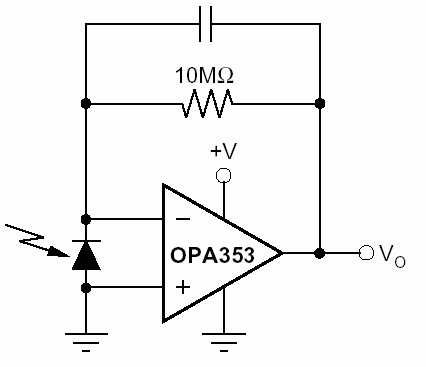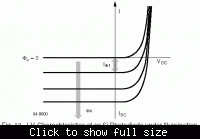fantabulous68
Junior Member level 2
infrared water level detaector
oh no!!!! my lecturer sd i must not use dat circuit i posted bt must get a new design to the same specifications...................!!!! what is this gal to do.
what is this gal to do.
Im gna start from scratch like i neva saw that circuit b4, wen i come up with somethang useful il ask 4 guidance
oh no!!!! my lecturer sd i must not use dat circuit i posted bt must get a new design to the same specifications...................!!!!
Im gna start from scratch like i neva saw that circuit b4, wen i come up with somethang useful il ask 4 guidance

